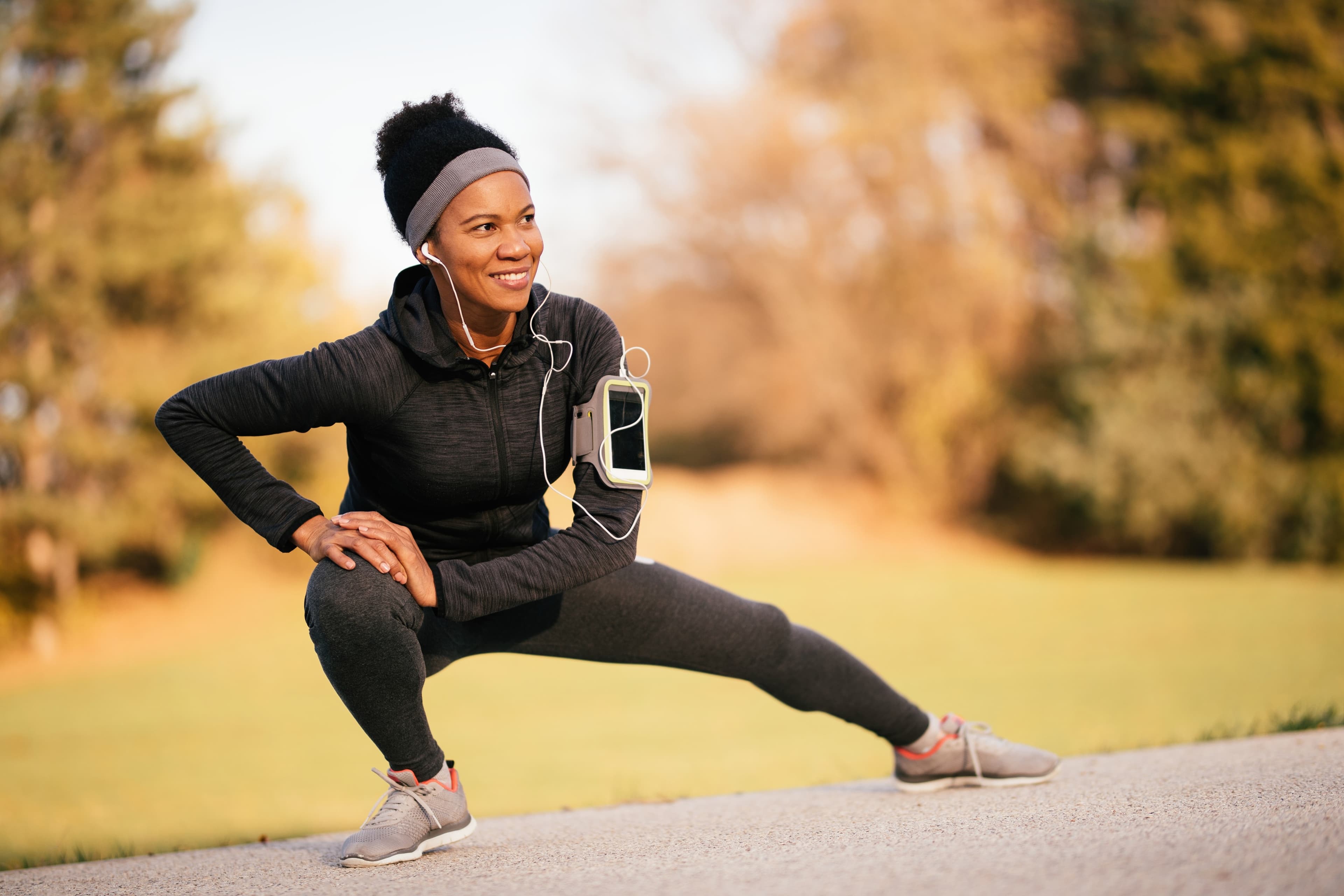Condition-Specific & Inclusive Health
Adapted workouts and wellness advice designed for different conditions and abilities

Explore Our Health Insights and Fitness Guidance
Condition-Specific & Inclusive Health
Explore the latest health and wellness insights

When people think about fitness, they often picture young, healthy athletes lifting weights or running marathons. But the truth is, fitness is for everyone — regardless of age, body type, or health condition. The challenge? Most standard workout plans don’t account for individual differences. That’s where adapting exercise routines becomes essential.
The good news: with the right approach, you can design a safe, effective workout routine that supports your health needs, boosts energy, and helps you feel more confident.
1. Why adaptation matters
A one-size-fits-all workout can be discouraging or even harmful. Someone with back pain shouldn’t follow the same plan as a competitive runner. Adaptation means adjusting intensity, movements, and frequency so that exercise helps rather than hurts.
2. Common adaptations by condition
- Back pain: Low-impact exercises like swimming, walking, or core stability work are ideal. Avoid heavy lifting without supervision.
- Diabetes: Moderate aerobic activity paired with light strength training can improve insulin sensitivity and overall energy.
- Low mobility or injuries: Chair exercises, resistance bands, or water-based workouts allow safe movement without strain.
- Heart health: Brisk walking, cycling, or yoga can support cardiovascular health — always at a pace that feels comfortable.
3. The role of inclusivity in fitness
Fitness should empower people, not exclude them. When workouts are adaptable, people of all abilities can experience the benefits — stronger muscles, better mood, and improved long-term health. Inclusive fitness isn’t just about accessibility; it’s about creating a culture where everyone feels welcome on their wellness journey.
4. Practical tips for safer workouts
- Consult a professional before starting if you have health conditions.
- Listen to your body — pain is a signal, not something to push through.
- Start slow and progress gradually to avoid overexertion.
- Celebrate small wins — consistency matters more than intensity.
Fitness for life, not just for some
Health and fitness shouldn’t feel out of reach. By adapting routines to your needs, you make progress possible, safe, and enjoyable. Whether you’re managing a condition, recovering from injury, or simply starting out, the key is finding movement that works for you.
Because at the end of the day, fitness isn’t about fitting a mold — it’s about building a stronger, healthier version of yourself, one step at a time.





